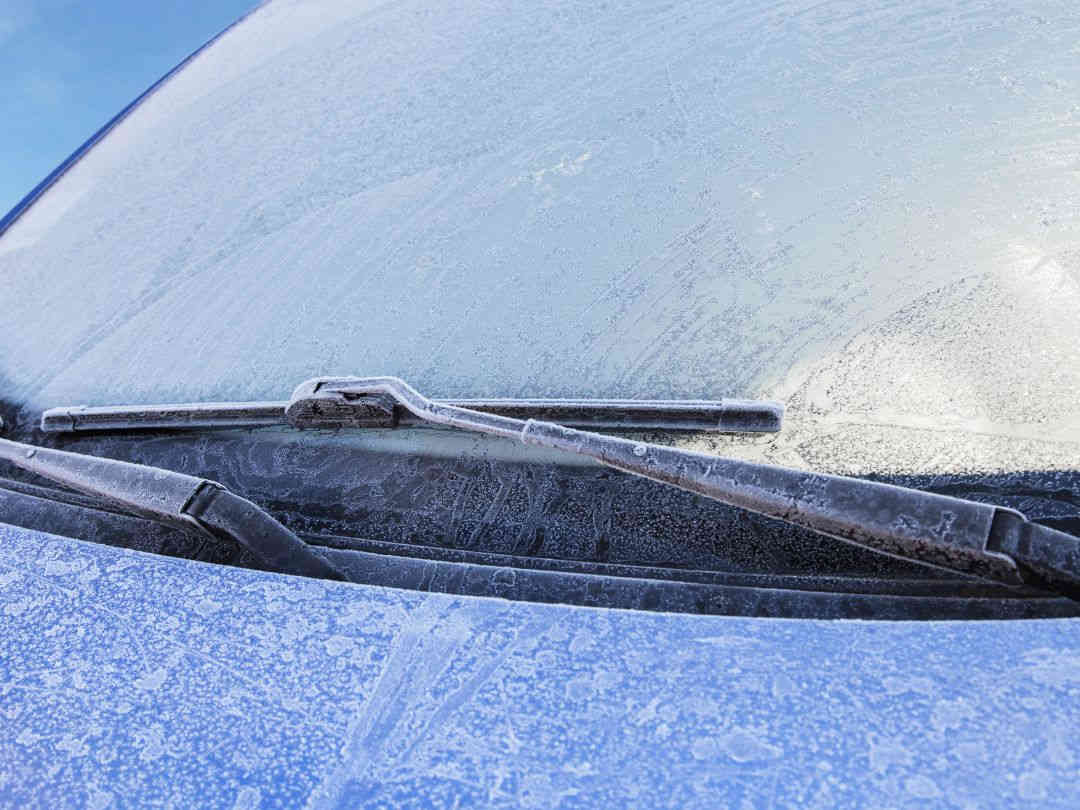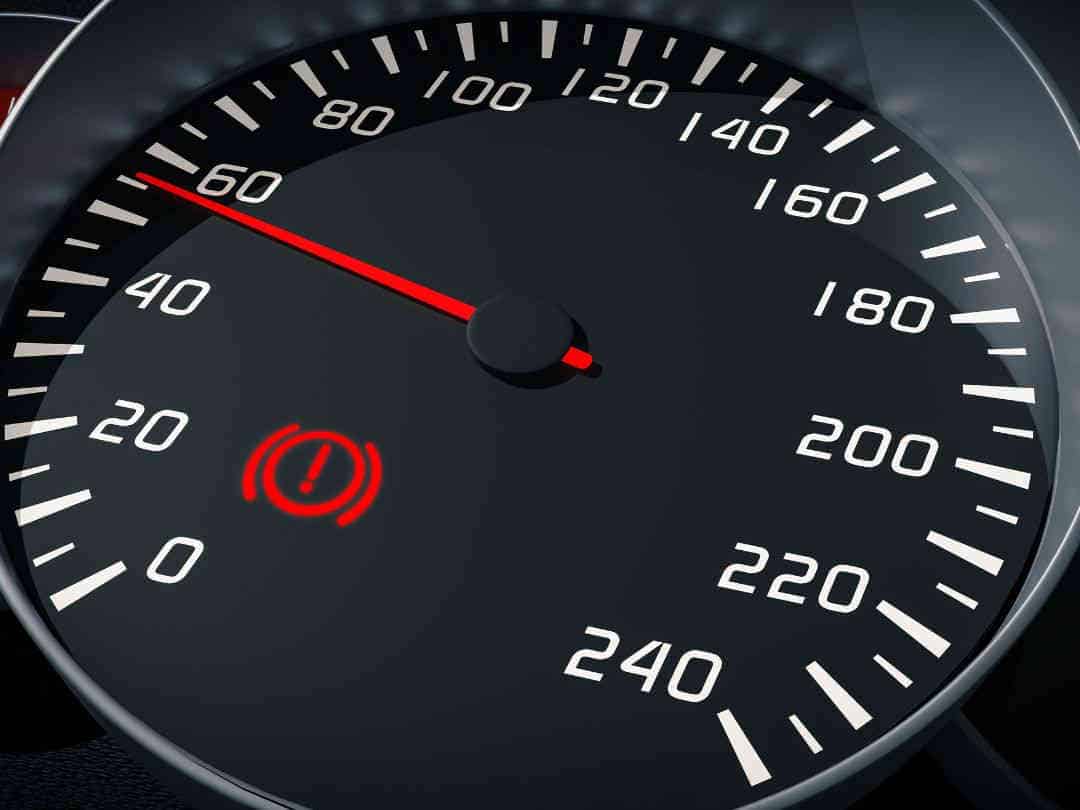The cold weather can cause havoc with your car but, more than a frosted windscreen or a frozen shut door, making sure your car is ready for the winter can be the difference between you making it home for Christmas and being stuck on a motorway hard shoulder waiting for assistance. To help, we have put together our top tips for winterising your car and preparing for safe winter driving in our winter car checklist.
Check your battery
Your car battery has to work much harder during winter, the cold temperatures reduce its output whilst use of blowers, heaters and lights can mean it is working overtime. A dead battery is one of the most common reasons for breakdown callouts so, avoid the disruption to your day and check your battery now before you get stuck.
You can always ask us here at Peverell Garage to check that your battery is working well and sufficiently holding its charge. If we find anything wrong we can replace it for you too.
Check your engine coolant
Coolant forms part of your engine’s cooling system as well as containing antifreeze. Too little coolant could leave you with a frozen engine of a cold, icy, winter morning, or an overheating engine when stuck in traffic or on a long trip. To avoid this check that your coolant level is between the minimum and maximum marks on the tank under the bonnet, it should be easily visible as either a bright pink, blue or bright yellow/green liquid but your manual should help you to find the correct tank to check.
Although your coolant level shouldn’t need regularly topping up, if you do need to add more check your handbook and be sure you order the correct type of engine coolant for your vehicle. Do contact your local garage should you suspect a leak in your engine cooling system.
Check the condition of your windscreen wipers
Having windscreen wiper blades in good condition, without tears or disintegrating rubber is really important over winter to ensure you can clear rain and snow from your windscreen effectively without impacting on your ability to see the road and other road users clearly.
Wiper blades can be easily purchased from a variety of companies but do check that you are buying the correct blades for the exact make and model of your car. To help with this many companies will have a system that allows you to enter your vehicle registration number to find the perfect match. Wiper blades are easy to replace in a matter or minutes with little faff so don’t put it off any longer!
Avoid additional damage to your windscreen wipers by defrosting where the blades meet the windscreen with lukewarm water or de-icer. This will prevent them tearing or burning out the motor by switching them on when the blades have become frozen stuck to the windscreen.
Top up your windscreen washer fluid
Another key factor when it comes to keeping your windscreen clear over winter is making sure your washer fluid is topped up between the minimum and maximum mark on the tank to allow you to help clear dirt and salt effectively from your windscreen. Importantly, ensure it is topped up with the the proper windscreen wash which contains a form of antifreeze, not just water, as this can freeze and expand in the cold weather, leading to leaks in the piping.
Check and change your tyres
Check your tyres for any cracks, tears, splits or bulges. Assess tread depth as this is one of the most important factors when it comes to driving safety in the winter months. The absolute legal minimum tread level is 1.6mm but, during winter, it is advisable to have at least 3mm of tread on your tyres to ensure good traction and grip on the road.
You also want to ensure that you have the correct pressure in your tyres too. This varies between vehicles so check your owner’s handbook for the correct inflation levels to ensure your safety on the road.
You may also wish to swap your summer tyres for winter tyres if you are in a region which deals with a lot of snowfall or ice, or if you need your car to be useable whatever the weather. Winter tyres have different tread that maintains grip with the road better and can help divert water away from the wheel and are made up of a slightly different rubber which deals better with temperatures below 7 degrees Celsius. These differences mean improved stopping distance and safer driving!
Although you can easily top up the air pressure in your tyres at most petrol stations, here at Peverell Garage we can check your tyre condition and replace any tyres that are not up to standard.
Check your spare wheel if you have one
Not all cars have a spare wheel but check what your car has and ensure any spare wheels are inflated and working correctly. Many modern cars simply have run flat tyres which maintain enough pressure in the tyre in the case of a puncture to get you to a safe place. Be sure to replace damaged or old run flats with new run flats as cars fitted with run flats will not have a spare wheel!
Check your brakes
It’s one thing to have your tyres in good working order but this will be of little use if your brakes are worn.
If you notice any of the following then avoid driving at high speeds and get your car booked in for a brake inspection as soon as possible:
- Car pulling to one side when braking
- Brakes not responding as well as usual
- Brakes feel spongy
- Brakes are making a strange noise
- Any brake warning lights are active
We are fully equipped to carry out brake inspections and diagnostics here at Peverell Garage on all makes and models of vehicles, checking the brake pads, discs and fluid. Contact us today if you need your brakes inspecting, we would be more than happy to help.
Get your aircon regassed if needs be
A foggy windscreen is one of those cold weather inevitabilities. However, a foggy windscreen can be dangerous when driving, significantly reducing visibility. You can clear a foggy winsdcreen using a chamoix leather or microfibre cloth but it is much faster using air conditioning, therefore it is worthwhile ensuring your air conditioning is working and get it topped up if needs be. You can read more about how to know if your air con needs regassing and how to do it in last month’s blog.
Other jobs to get your car winter ready
There are a few other winter car checks that can really help when it comes to staying safe when out on the road this winter.
Prepare a winter car survival kit! It may sound over the top but preparing a winter car emergency kit containing warm clothes, blankets, an ice scraper and emergency de-icer, an in-car phone charger, a drink and some snacks, a torch, a map and a warning triangle can be a lifesaver if you break down and have to wait for assistance or come out of work to find your car iced up. You will want to include a shovel and some rock salt should you live or work in an area with high snowfall.
Check your lights work properly and clean them regularly. You want to check all your lights including your brake lights and fog lights, to be sure you are visible to everyone on the road in all weather conditions.
Make sure you have your locking wheel nut key to hand in case of a puncture or blowout and carry a jack to help change the wheel.
Check the weather forecasts before you travel and plan additional time into your journey if bad weather is forecast.
Give your number plate a regular clean. The wet weather can lead to a build up of dirt on your number plate, particularly on rural roads. You could face a fine if your number plate is obscured so ensure it is clean and the easily visible.
New advice for cars using E10 petrol during winter
An urgent warning has been given this winter to motorists that use E10 petrol that was brought in to replace E5 petrol earlier this year. E10 petrol contains a higher percentage of bio-ethanol, this bio-ethanol likes to mix with water, In winter, the higher humidity in the air means more water, this watery bio-ethanol is then drawn through the fuel pipes into the engine where it can freeze if you car is left unused , causing permanent damage.
The advice is; to first of all ensure your car is able to run on E10 petrol, avoid leaving your car sat unused for days on end as the temperatures plummet and, if leaving your car is unavoidable, to research a fuel conditioner that can be added to your fuel tank to help prevent some of the issues associated with E10 petrol in the winter months.
Finally, safe winter driving! Feel free to contact us to help with making your car winter-ready, as well as any other repairs, servicing MOT and diagnostic needs you have.






